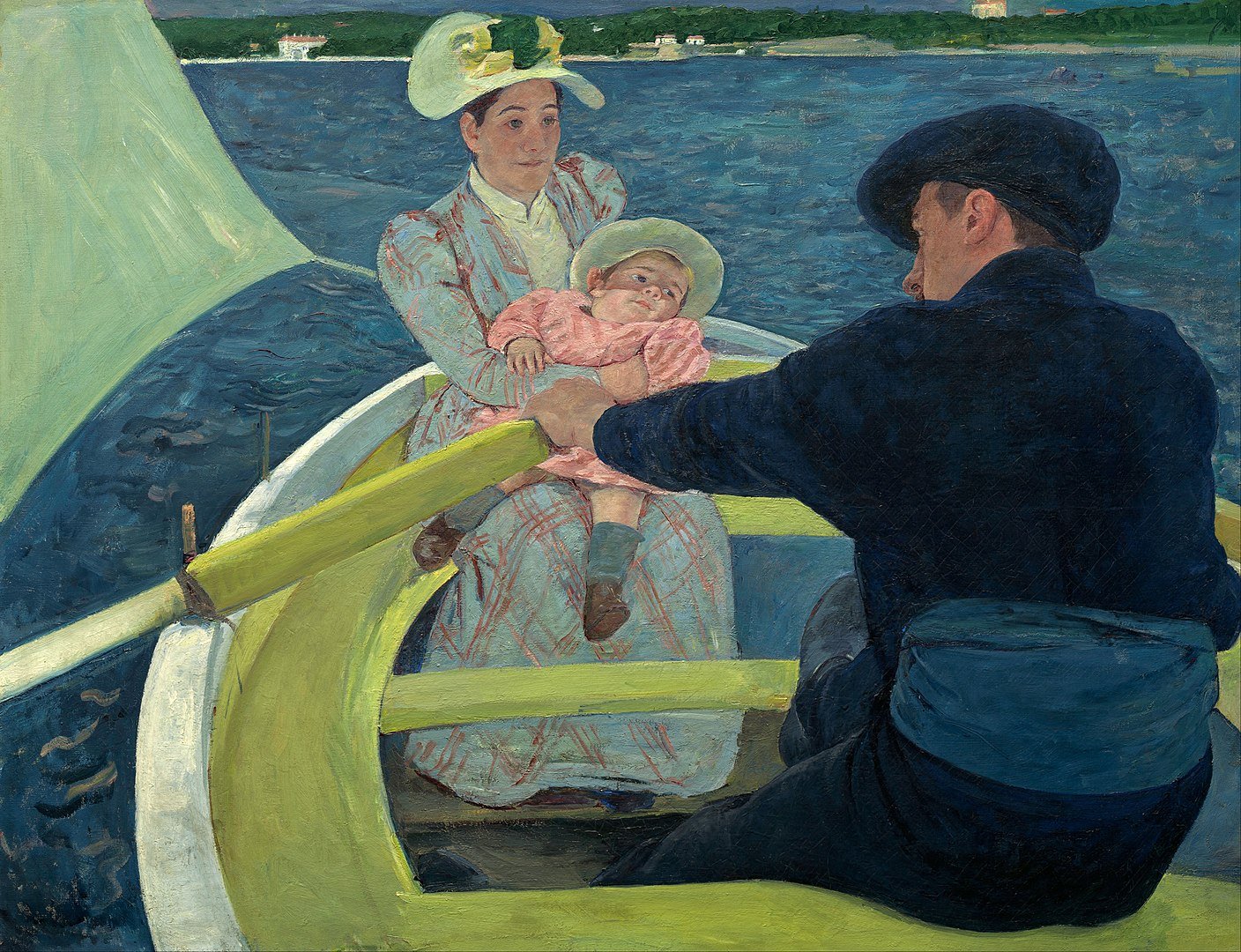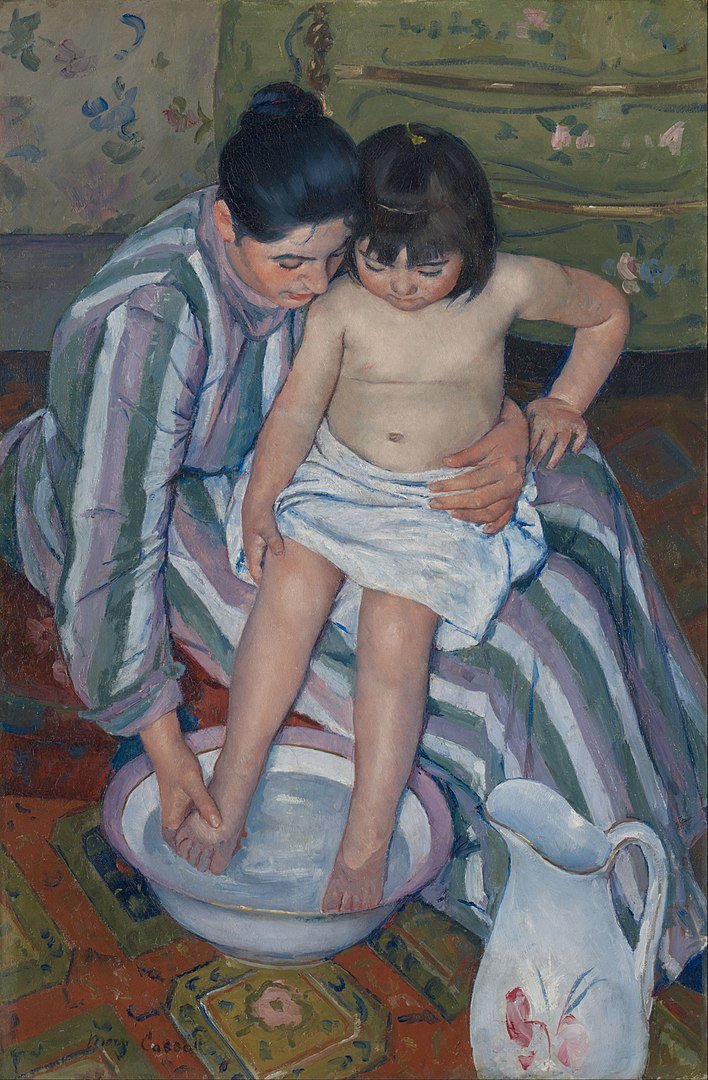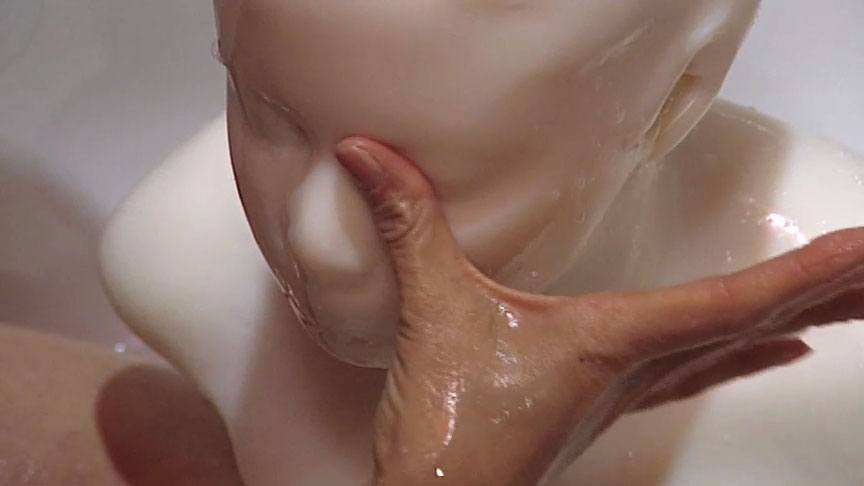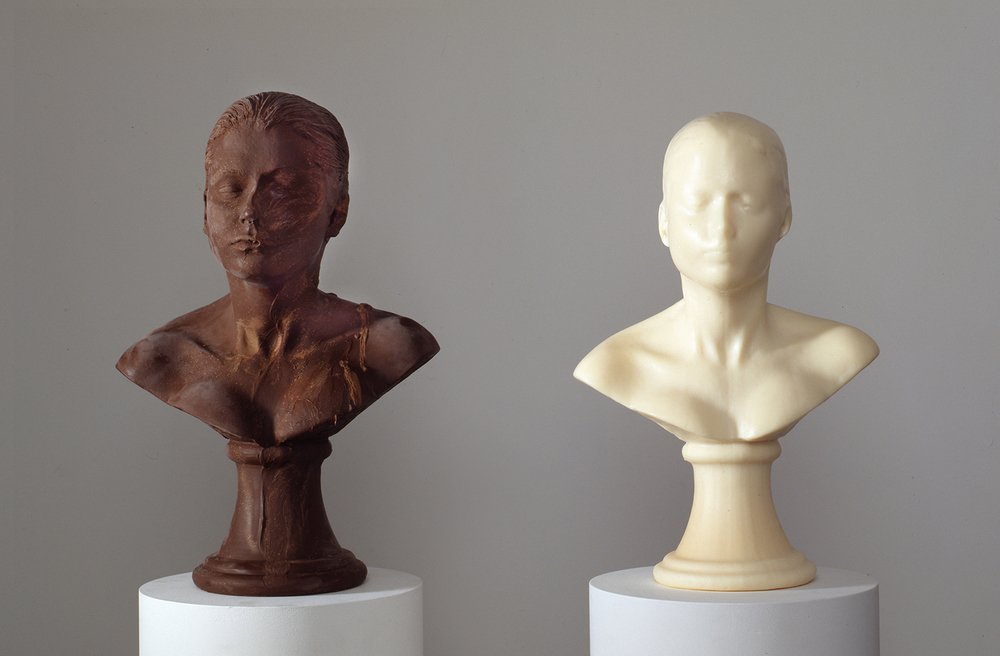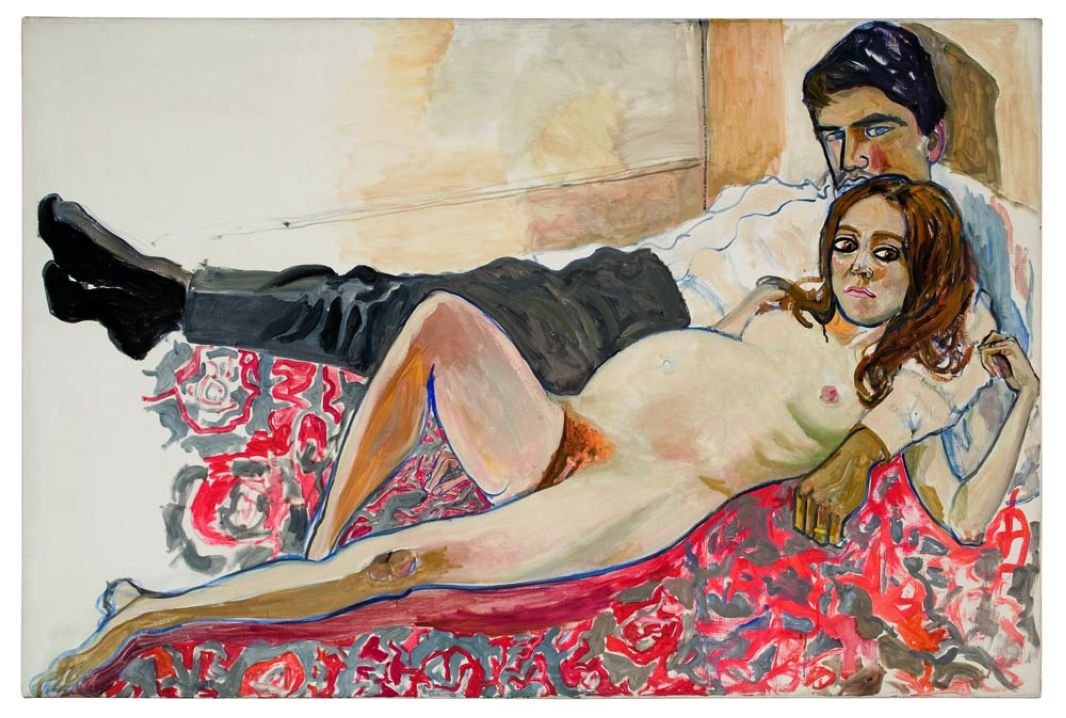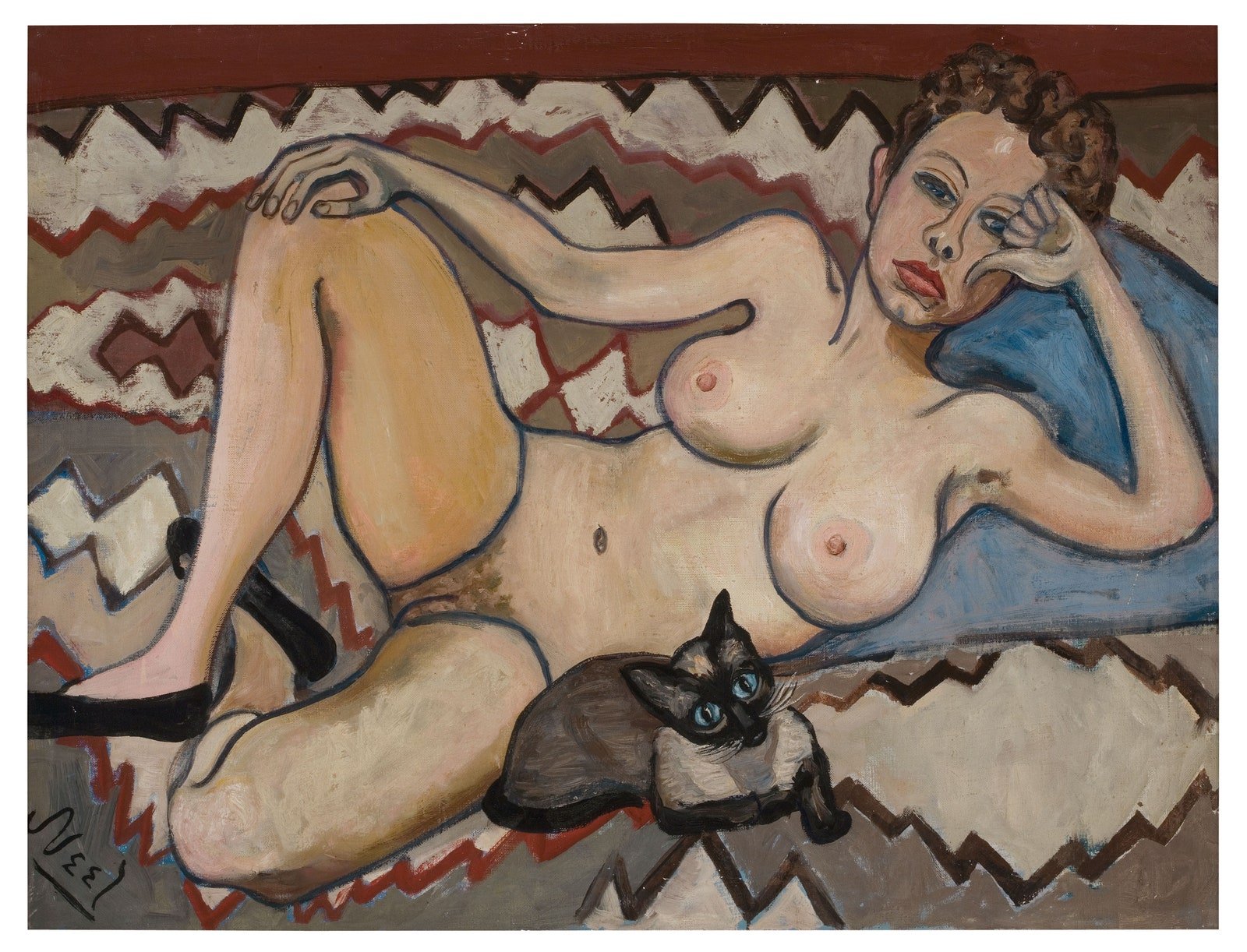Art and Depictions of Love
Mary Cassatt, The Boating Party
By Jan Brugger, MFA ‘17
This Valentine’s Day, we asked 2017 MFA Graduate and Interim Exhibitions Manager Jan Brugger to share works she felt embodied the different ways in which visual art represents love.
To think about art and love, I think you need to define both for yourself, whatever these terms mean to you. A person might walk up to a work of art and state “I love that!”, but is this really love?
I see love as care—caring for others, yourself, or even objects, is to love them.
Caring for others: As far as representations of love and care go, I first think about Mary Cassatt’s paintings of mothers and children, the most famous of these might be The Bath or The Boating Party (pictured above).
Cassatt has a tender way of depicting loving moments—a father rowing his family across a body of water, or a mother bathing her child’s feet. She painted from a point of view that makes the viewer feel included in each intimate scene.
Mary Cassatt, The Child’s Bath
Caring for objects: On the other hand, artists themselves provide many services of care for their work, even though they might not always “love” it. Janine Antoni’s Lick and Lather consists of several busts of the artist in chocolate and soap. The chocolate busts are shown at various levels of being licked, whereas the soap busts have been washed. I recall seeing a video of Antoni washing one of her soap busts. Her hands slip across the surface of her double, devoted, carefully washing her work in an act of “love” captured on film. When she addresses the chocolate figures, of course, it’s not to wash but to consume: there’s a hint of erotica in the implication that the viewer can literally consume her chocolate selves.
Janine Antoni, video still, Lick and Lather
Janine Antoni, Lick and Lather
“Ultimately, the subjective nature of what love is reflects the subjective nature of art”
Caring for yourself: Art and eroticism has a rich, ever-branching history. Ignoring much of the male-centric depictions that are often at the forefront, Alice Neel is among the first to come to mind. Once declared as “too intimate to live with” by some patrons, the figures in her paintings have a blunt or matter-of-fact presence (i.e. Pregnant Julie and Algis or Pat Ladew). Perhaps Neel’s depiction of love feels “too real” for some—when it comes to love, for some, a fantasy is always better than reality.
Alice Neel, Pregnant Julie and Algis
Alice Neel, Pat Ladew
Ultimately, the subjective nature of what love is reflects the subjective nature of art. Your own definition of love will guide you to find depictions of love in work that to others may seem unlovely.
Jan Brugger is an interdisciplinary artist, educator, and administrator that examines illusion and its relationship to power and technology (i.e. the hypnotic “smoke and mirrors” of culture but also the innate power of this haze). Her work engages a variety of media and research strategies that animate or draw out meaningful links between things that might at first seem unconnected. She received her MFA from the University of Chicago and a BFA in visual art and dance from the University of Wisconsin. Her work has been screened and exhibited throughout North America. She currently lives and works in Chicago, IL.

